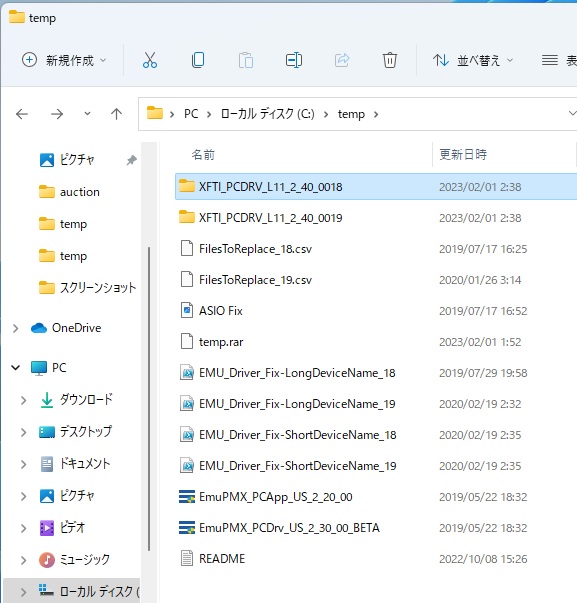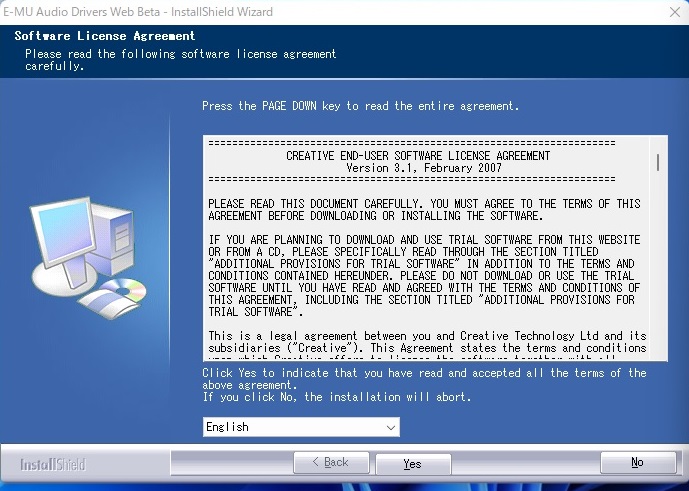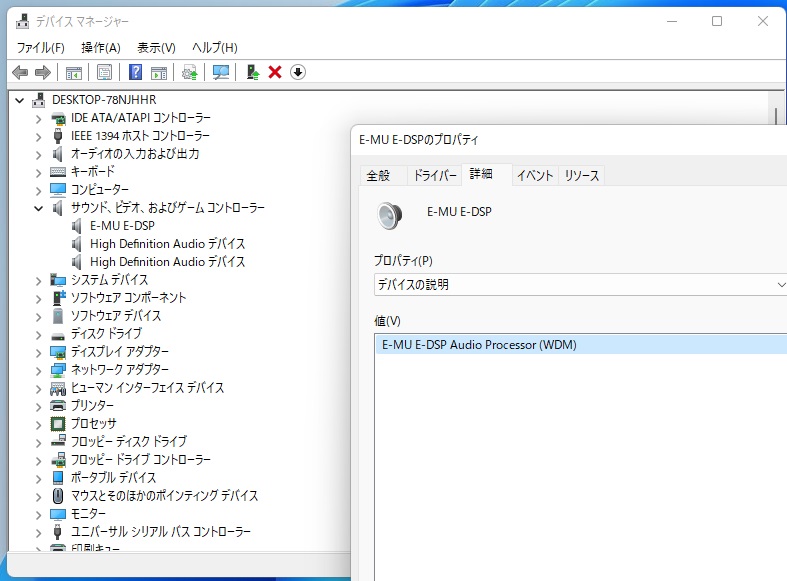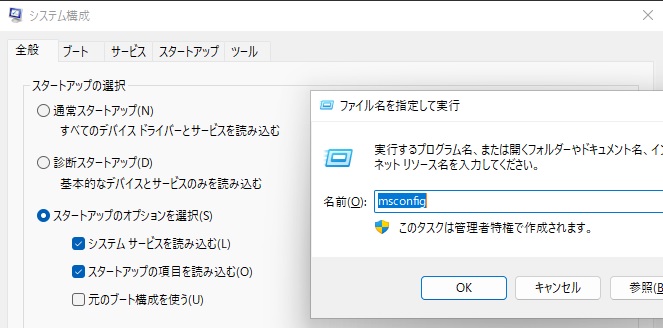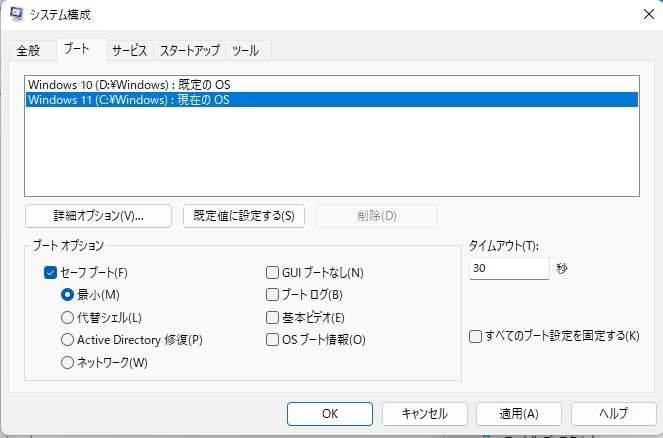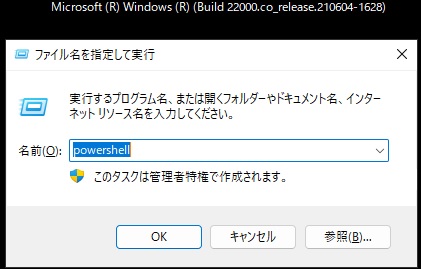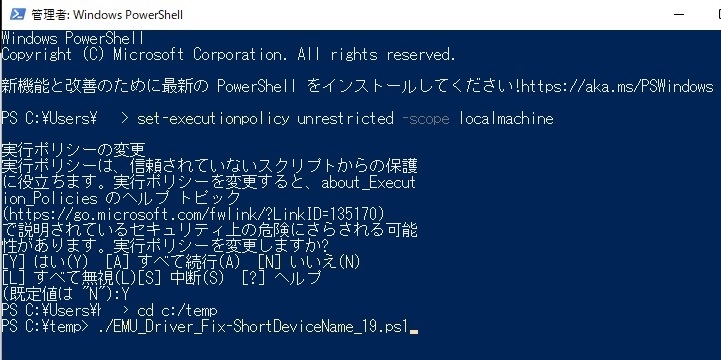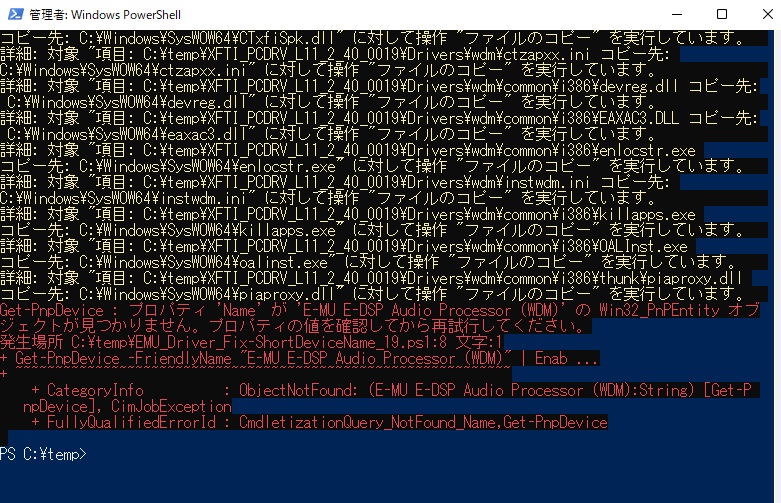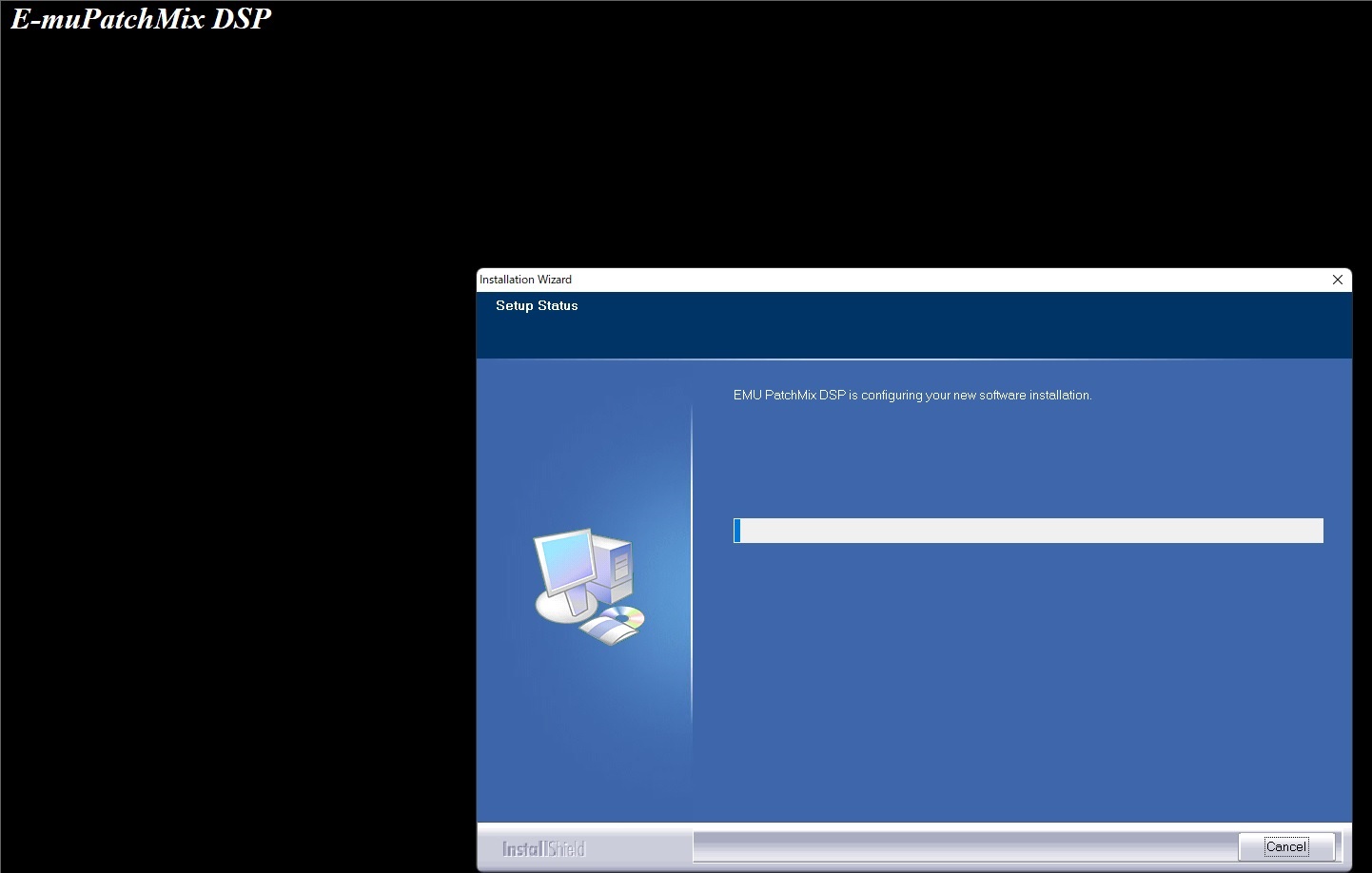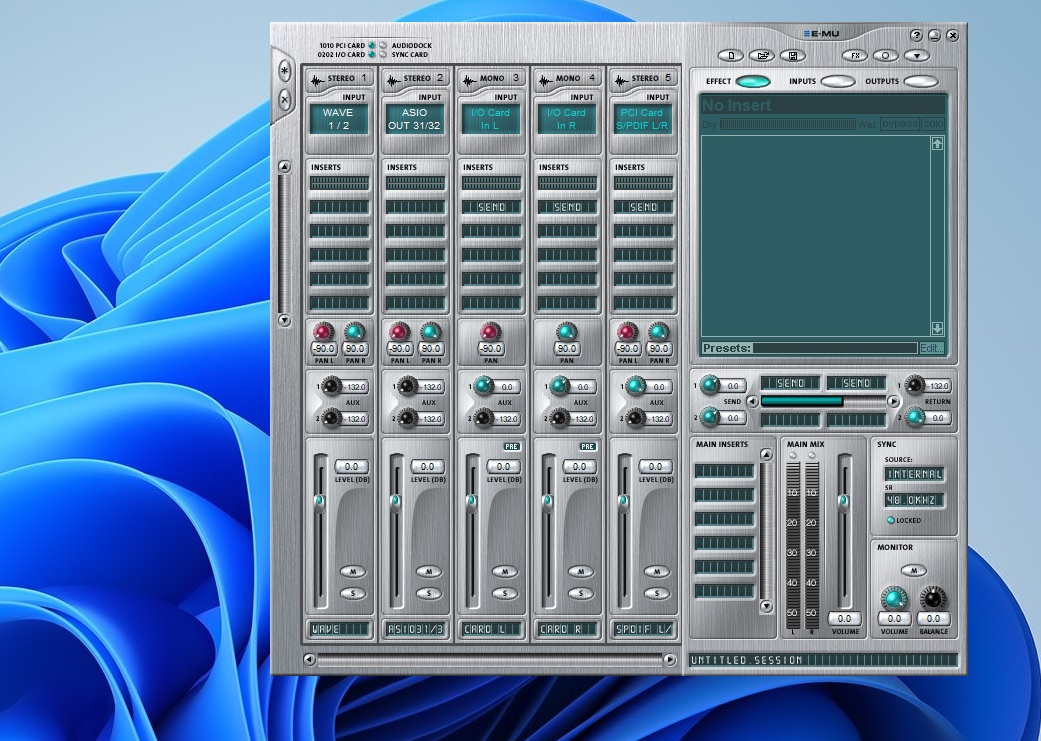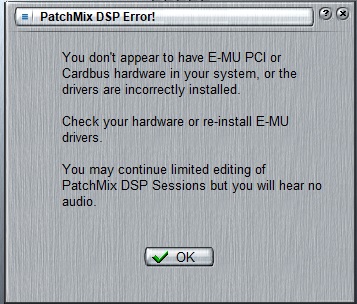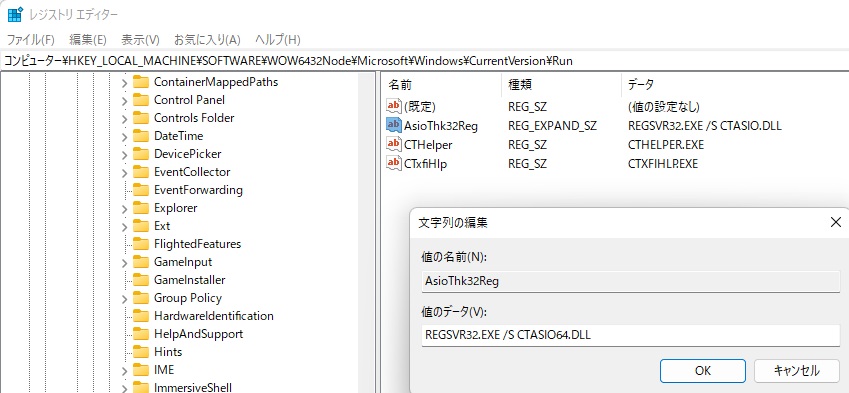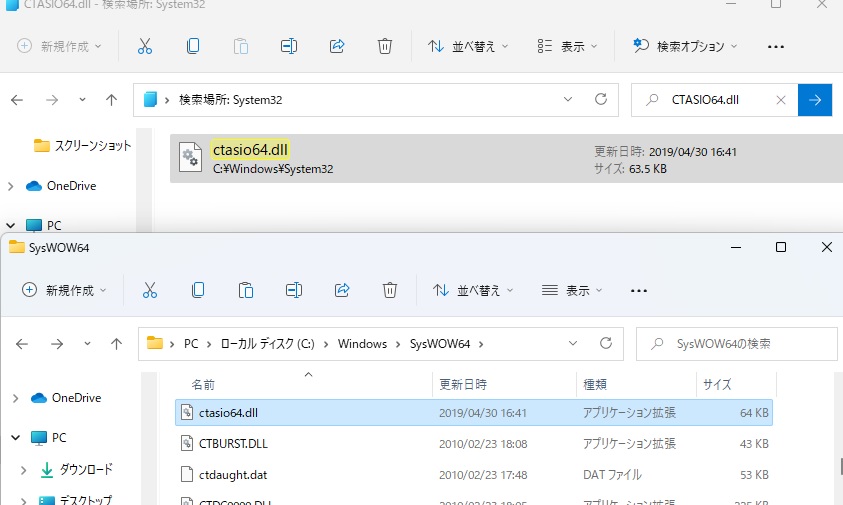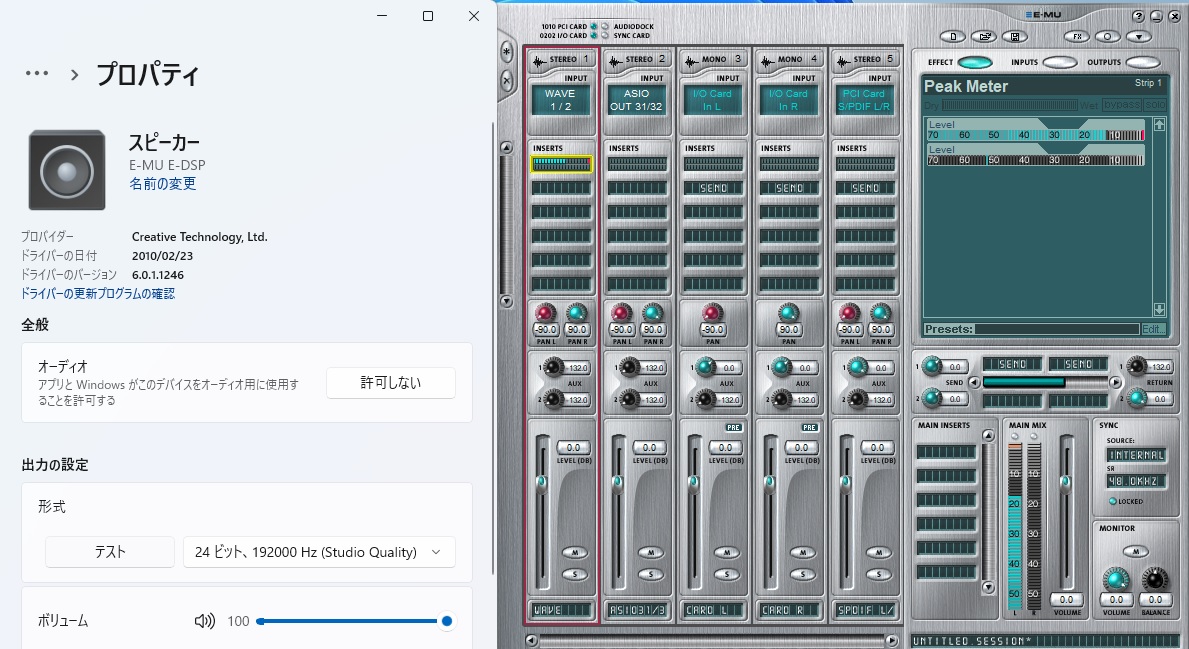Source: https://spectrum.ieee.org/the-cool-sound-of-tubes>
One of the last remaining tube domains is in music applications, but there the devices flourish and even innovate
Although solid-state technology overwhelmingly dominates today’s world of electronics, vacuum tubes are holding out in two small but vibrant areas. They do so for entirely different reasons.
Microwave technology relies on tubes for their power-handling capability at high frequencies [“Tubes: still vital after all these years,” Robert S. Symons, IEEE Spectrum, April, 1998].
The other area—the creation and reproduction of music—is a more complicated and controversial story.
The complications and controversy stem from the fact that music is played to be heard by human beings, whose nonlinear ear-brain hearing systems are far from fully understood.
Since no one knows exactly how to model the human auditory system, no one knows exactly what engineering measurements are appropriate to evaluating the performance of audio equipment.
A smidgen of some kinds of distortion may sound worse to the ear than larger amounts of other kinds. So ultimately, the only way to judge audio equipment is by listening to it. Hence the controversy: subjective human perception—especially when flanked by questions of artistic merit—is made to order for arguments and disputation.
Briefly stated, a commercially viable number of people find that they prefer the sound produced by tubed equipment in three areas: musical-instrument (MI) amplifiers (mainly guitar amps), some processing devices used in recording studios, and a small but growing percentage of high-fidelity equipment at the high end of the audiophile market.
These areas employ vacuum tubes of the type once known as receiving tubes, but now called simply tubes. Not only has the use of vacuum tubes in these fields defied the semiconductor tide elsewhere, but such use and demand has even surged in the course of the 1990s.
Today vacuum-thermionic devices hold sway over the US $100 million worldwide guitar amp business. One rough estimate shows a 10-percent-per-year growth in demand for tubes used in MI amplifiers and high-end audio since the late 1980s, with no apparent slackening—even during the U.S. recession of 1991-92.
Interestingly, much of the demand for audio tubes derives not from the United States, but from Asia. In Japan, Taiwan, and mainland China, tubed high-end equipment enjoys a powerful cult status, and vintage U.S. and European electric guitars and guitar amps are valued collectors’ items.
Why tubes—subjective reasons
The three areas of tube audio tend to be mutually exclusive and appear not to influence each other, even though all three directly involve the production or reproduction of music. It is common to see the same tube types, such as the popular EL34 power pentode, in electric-guitar amplifiers and in high-end stereo amplifiers. Often, too, these disparate products employ similar circuit topologies.
Electric-guitar amplifiers, it is estimated, consume as many as three out of four of the world’s production of audio tubes. This is hardly surprising, since the tubed guitar amp seems unshakably enthroned at the top of the rock ‘n’ roll world.
In this case, the use of tubed amplifiers in the early rock of the 1950s and ‘60s caused their distinctive distortions to become the standard tonal effect for the electric guitarist.
A cultural bias formed during those years among U.S. and British musicians in favor of the particular nonlinearities of those amps, which typically were quite simple and had little or no negative feedback to improve their linearity [see sidebar, “Defining tubes”].
Defining tubes
- 5AR4: Rectifier tube, used to convert high-voltage ac into dc plate power for amplifying tubes. One of the most common rectifier tubes, widely used in early guitar amps and hi-fi amps, it is currently manufactured in China. European designator: GZ34.
- 6DJ8: Commonly used in modern audiophile equipment as a preamp or driver. This dual triode, gain of 35, was originally intended for use at radio frequencies in receiver front-ends and is currently manufactured in Russia and China. European designator: ECC88; special-quality designator: 6922.
- 6L6: First successful beam power tetrode, introduced by RCA in 1936 and made in numerous versions and variations since then. Suffixes (G, GA, GB, GC, GTY, and so on) refer to later modifications and upgradings of the basic 6L6 devices, which are currently manufactured in Russia (three versions), China (many versions), and Slovakia.
- 12AT7: Dual triode with gain of 70, originally designed for radio-frequency applications. Because it was used by Fender in many of its popular push-pull guitar amps as the phase-splitter section, it became a standard for such use in music amplifiers. It is still manufactured in Yugoslavia. European designator: ECC81.
- 12AX7: Most common preamplifier tube used in guitar amps, high-end audio and professional music equipment. A dual triode, gain of 100, it is still manufactured in Russia, Slovakia, and Yugoslavia. European designator: ECC83.
- 300B: Audio power triode originated by the Western Electric division of AT&T in 1935 and used at first in movie-theater amplifiers, later in regulated power supplies. The original 300B has attracted an audiophile cult, especially in Japan and other Asian countries, so that its street price has risen as high as ¥200 000 in Tokyo, prompting the manufacture of versions in the United States, Russia, China, and Slovakia, specifically for that small market.
- 5881: Rugged version of 6L6 beam tetrode, originally used in industrial and military equipment. Originally made by Tung-Sol Manufacturing Co. (now defunct) and other firms. Old American 5881s are sought-after collectibles. A different version is currently made at the Reflector factory in Saratov, Russia.
- 6550: Beam-power tetrode, introduced in 1955 by TungSol Manufacturing Co. (now defunct). Originally intended as a low-cost audio power tube, capable of as much as 100 W in push-pull pairs, it is popular in hi-fi amplifiers and in very large guitar and bass-guitar amplifiers. It is currently manufactured in Russia and China.
- EL34: Audio power pentode, introduced in early ‘50s by the giant Dutch firm, Philips Gloeilampenfabrieken N.V. (Eindhoven, the Netherlands). The EL34 became popular for its use in Marshall guitar amplifiers, as well as in various hi-fi amplifiers of the ‘50s and ‘60s. Currently it is being made in Russia (three versions), China (three versions), Slovakia, and Yugoslavia. U.S. designator: 6CA7. (Note: some 6CA7s are actually beam-power tetrodes, not pentodes.)
- EL84: Miniature power pentode, introduced by Philips in the mid-‘50s. It became popular in guitar amps from its use in the Vox AC-30 and was also commonly used in smaller hi-fi amplifiers of the late ‘50s and early ‘60s. It is currently manufactured in Russia, China , Slovakia , and Yugoslavia. U.S. designator: 6BQ5.
- KT66: Beam-power tube manufactured by British firm M-O Valve Ltd., London, from 1937 until 1988. Similar to an uprated 6L6GC, the original KT66 is now a rare collector’s item. A version is currently being made in China.
- KT77: Beam-power tube manufactured by M-O Valve Ltd. from 1957 to 1988. The KT77 was an exact replacement for the EL34, except for its beam-power construction. The original KT77 is now a rare collector’s item. A version is currently being manufactured in China.
- KT88: Beam-power tube manufactured by M-O Valve Ltd. from 1957 to 1988. The KT88 was an exact replacement for the 6550, except for its higher plate ratings. The original KT88 is now a rare collector’s item. Versions are currently being manufactured in China and Slovakia; a Russian version is due shortly.
As documented in many books on electric-guitar technique; in magazines such as Guitar Player, Guitar World, Vintage Guitar, and others; and on Usenet news groups such as alt.guitar.amps, the clipping distortion and other sonic artifacts of ‘50s-designed tubed amplifiers supply the sonic signature required for a successful guitar amp.
Discussion of an amp’s merit frequently hinges on the clipping effect, which is often described as yielding a sound like a brass wind instrument. The saturation distortion of the output transformer, which couples the power tubes to the speaker, also plays a key role in determining an amplifier’s sound. Another amplifier parameter—its touch sensitivity—is affected by circuit nonlinearities and loose regulation of the plate-power supply.
Tubes have also been cited, albeit not without controversy, as facilitating a controlled so-called infinite sustain effect because of the way their signal compression interacts with acoustic feedback from speaker to guitar string.
These effects are well-known among musicians, yet seem difficult to reproduce accurately with solid-state equipment. The many designers who have tried to build tube simulators over the past 30 years have achieved varying levels of musical and financial success. Such equipment has its supporters, but most amateur and professional guitarists remain faithful to tubed amplifiers.
As Ritchie Fliegler, vice president of marketing at Fender Musical Instruments Corp., Corona, Calif., said in a private letter last year,
“This is not even a topic for discussion as far as I’m concerned...there is no substitute for tube electronics in the hearts and minds of pros.”
This kind of thinking has influenced the professional-audio world of recording and mixing equipment. Since 1985, some studio engineers have been attracted by what they perceive as the “soft” and “euphonic” sound of vacuum-tube electronics—probably because of their experiences with vintage tubed amps, since modern tubed amps can be and are made without these characteristics.
Tube enthusiasts usually contrast the soft sound of tubes with the harsh sound of modern digital recording and mixing, which may have more to do with the use of electrolytic coupling capacitors and inexpensive op-amp ICs than with solid-state devices in themselves.
Regardless of the validity of their reasoning, studio engineers began experimenting with old tube-equipped condenser microphones, preamps, limiters, and equalizers from the 1946-70 era.
The result has been twofold: street prices for vintage tube equipment have skyrocketed, and numerous small companies have sprung up to manufacture tube-equipped devices, following a variety of design practices.
Why tubes—objectively
If cries of fraud and derisive comments about “magical sound” sometimes greet the use of tubes in audio equipment, there are also highly competent electrical engineers who see definite advantages in tubed equipment.
An example is John Atwood, consulting engineer and owner of One Electron Co., Santa Clara, Calif. The erstwhile designer of application-specific ICs and other solid-state logic circuits has managed to transform his hobby of tube audio design into a full-time consulting business.
In Atwood’s opinion, “Some of the differences in the audio qualities between tubes and transistors have to do with the inherent physical properties of the devices and with the circuit topologies and components used with each type of device.
There is no way around it:
Linear [triode] vacuum tubes have lower overall distortion than bipolar transistors or FETs, and the distortion products are primarily lower-order
...the clipping characteristic of tubes is actually not much softer than transistors, but feedback tends to ‘square-up’ the clipping.
Thus, the heavy feedback in most solid-state designs gives them worse overload performance.
“A low- or no-feedback design can be driven harder without audible distortion,” Atwood continued. “High feedback also can lead to transient intermodulation distortion (TIM), caused by clipping or slew-rate limiting within the feedback loop.”
See following table for a comparison of the attributes of tubes and transistors in audio applications.
[See also sidebar, "Distortion under test."]
Vacuum tubes and transistors compared
Vacuum tubes: advantages
- Highly linear without negative feedback, especially some small-signal types.
- Clipping is smooth, which is widely considered more musical than transistors.
- Tolerant of overloads and voltage spikes.
- Characteristics highly independent of temperature, greatly simplifies biasing.
- Wider dynamic range than typical transistor circuits, thanks to higher operating voltages.
- Device capacitances vary only slightly with signal voltages.
- Capacitive coupling can be done with low-value, high-quality film capacitors.
- Circuit designs tend to be simpler than semiconductor equivalents.
- Operation is usually in Class A or AB, which minimizes crossover distortion.
- Output transformer in power amp protects speaker from tube failure.
- Maintenance tends to be easier because tubes can be replaced by user.
Vacuum tubes: disadvantages
- Bulky, hence less suitable for portable products.
- High operating voltages required.
- High power consumption; needs heater supply.
- Generate lots of waste heat.
- Lower power efficiency than transistors in small-signal circuits.
- Low-cost glass tubes are physically fragile.
- More prone to microphonics than semiconductors, especially in low-level stages.
- Cathode electron-emitting materials are used up in operation, resulting in short lifetimes (typically 1–5 years for power tubes).
- High-impedance devices that usually need a matching transformer for low-impedance loads, like speakers.
- Usually higher cost than equivalent transistors.
Transistors: advantages
• Usually lower cost than tubes, especially in small-signal circuits.
• Smaller than equivalent tubes.
• Can be combined in one die to make integrated circuit.
• Lower power consumption than equivalent tubes, especially in small-signal circuits.
• Less waste heat than equivalent tubes.
• Can operate on low-voltage supplies, greater safety, lower component costs, smaller clearances.
• Matching transformers not required for low-impedance loads.
• Usually more physical ruggedness than tubes (depends on chassis construction).
Transistors: disadvantages
- Tendency toward higher distortion than equivalent tubes.
- Complex circuits and considerable negative feedback required for low distortion.
- Sharp clipping, in a manner widely considered non-musical, due to considerable negative feedback commonly used.
- Device capacitances tend to vary with applied voltages.
- Large unit-to-unit variations in key parameters, such as gain and threshold voltage.
- Stored-charge effects add signal delay, which complicates high-frequency and feedback amplifier design.
- Device parameters vary considerably with temperature, complicating biasing and raising the possibility of thermal runaway.
- Cooling is less efficient than with tubes, because lower operating temperature is required for reliability.
- Power MOSFETs have high input capacitances that vary with voltage.
- Class B totem-pole circuits are common, which can result in crossover distortion.
- Less tolerant of overloads and voltage spikes than tubes.
- Nearly all transistor power amplifiers have directly-coupled outputs and can damage speakers, even with active protection.
- Capacitive coupling usually requires high-value electrolytic capacitors, which give inferior performance at audio-frequency extremes.
- Greater tendency to pick up radio-frequency interference, due to rectification by low-voltage diode junctions or slew-rate effects.
- Maintenance more difficult; devices are not easily replaced by user.
- Older transistors and ICs often unavailable after 20 years, making replacement difficult or impossible.
Distortion under test
Since much of the rationale for the continued use of tubes in audio equipment is based on distortion and noise, we decided to compare how several representative tubes and transistors performed in this regard.
Using basic circuit designs in which these devices are typically used, we tested two tubes against four types of transistor—respectively, a medium-mu triode and a pentode against a low-voltage bipolar transistor, a low-voltage junction FET (JFET), a high-voltage bipolar transistor, and a high-voltage MOSFET.
The figures show the distortion and noise spectra of each device.
All the measurements were made with an Audio Precision System 2 with its analog oscillator set to 1 kHz. The oscillator output level was adjusted to give an rms voltage of 2.00 V at the output of the test device.
The output impedance of the oscillator was either 20 Ω or 600 Ω, depending on the device under test.
The test device was monitored by the System 2’s fast Fourier transform (FFT) function using its 20-bit analog-to-digital converter running at 48 kilosamples per second. The FFT was synchronous (no windowing), and was averaged over 16 samples. The residual harmonics were at least 120 dB down.
The input impedance of the System 2 was set to 100 kΩ. Both input and output were floating, with the test fixture separately grounded to the System 2.
In the vacuum tube test fixture, the filament voltage was dc, regulated to 6.3 V. The output of the tube was monitored through a 10:1 compensated divider so as to reduce ac and dc loading.
The summary of second-harmonic distortion levels follows:
- 6SN7GTB triode –52 dB • 6AU6A pentode –48 dB
- 2N2222 low-voltage bipolar –30 dB
- 2N5457 low-voltage JFET –30 dB
- MJE2361 high-voltage bipolar –46 dB
- IRF822 high-voltage MOSFET –41 dB



Although this is not intended to be an exhaustive examination of all available semiconductors or tubes, the resulting frequency spectra lead us to some conclusions that experienced audio designers have often remarked upon in the past.
• Transistors operating on low-voltage supplies tend to have higher spectral distortion components than tubes.
• If we go to high-voltage transistors, operating on supplies comparable to those of the tubes, the distortion products are less objectionable.
Unfortunately, the noise floor of such devices is much higher.
The IRF822 was very triode-like in distortion yet suffered from a noise floor some 30 dB higher than that of the triode.
• No other active device possesses both the low distortion products and the low noise floor of the medium-mu triode— albeit at the expense of voltage gain.
The distortion products of transformers are much lower than those of active devices, yet quite different in character.
Note that the odd-order harmonic products tend to be higher in level than the even-order products—exactly the reverse of the tubes and transistors.

It should be obvious that these simple circuit designs can be improved upon, by using differential topologies with constant-current loads and negative loop feedback.
It should also be obvious that the same techniques can be applied to transistors or to tubes; and if this were done, the triode would continue to enjoy some advantages over the semiconductors— and the pentode, for that matter.
—E.B. with John Atwood
John Atwood is a consultant on tubed audio design and owns One Electron Co., Santa Clara, Calif.
